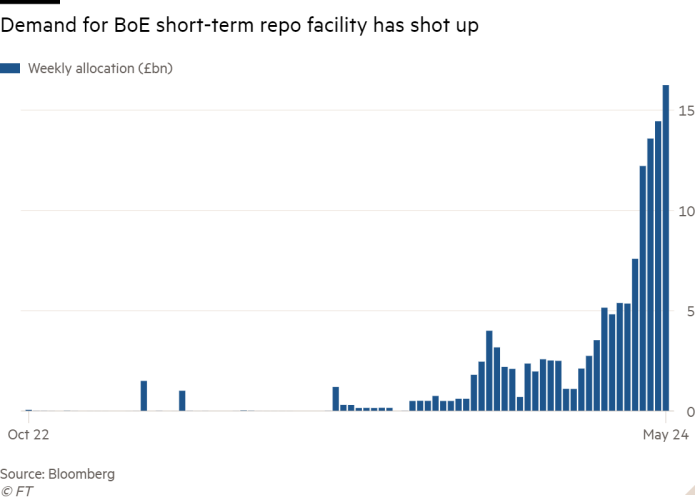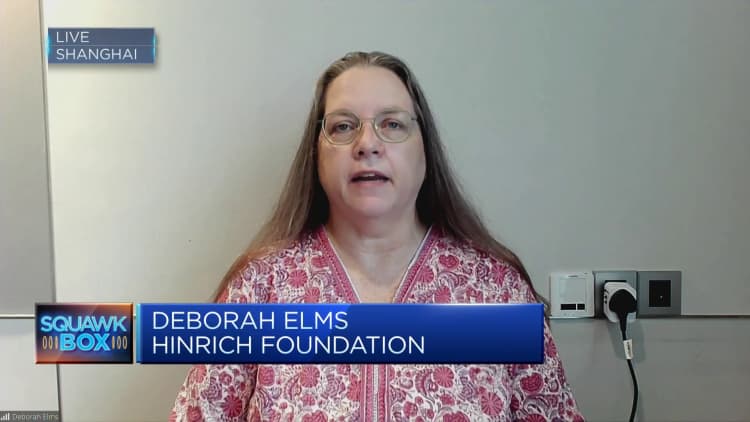Today’s challenging macro environment is forcing investors around the world to look for assets that will generate a resilient return while defying both high inflation and interest rates.
Real estate debt is increasingly emerging as such a solution and is being recognised for its ability to provide an uncorrelated return in a diversified portfolio.
The level of security afforded by real estate debt can depend on how each loan is structured. Invesco Head of Real Estate Debt Andrew Gordon gives the example of real estate debt with a 65% LTV: “The value of that asset can go down by a third, in theory, and it potentially doesn’t affect our returns at all. Whereas if you compare that to equity, obviously if the value drops by a third, your capital drops by a third.”
The way debt is structured can also provide a hedge against inflation, with the returns on floating rate loans moving in line with underlying reference rates.
“If economic theory works, then that reference rate will reflect inflation at least directionally if not in quantum,” adds Gordon. “For example, in theory, when inflation goes up, the interest rates go up and returns go up.”
No more free lunches
Real estate lending is no longer about confirming the weighted average lease length is longer than the loan term and then picking an LTV.
“You’ve actually got to underwrite the market, the asset and the business plan to make sure that the asset will remain resilient. Broad risk metrics such as LTV are insufficient,” Gordon explains.
The risk characteristics of each loan are always different because each underlying property is different. Without a full understanding of the macro and micro factors affecting both the occupational and investment supply-demand dynamics, it is not possible to effectively select or structure loans which meet your investment strategy,
“The way that we’re approaching this is through an open-ended fund – this is not a short-term opportunity, this is a core senior debt whole loan fund for what we see as a long-term opportunity for investors who want to earn an attractive resilient return.”
To read the full Spotlight in association with Invesco complete the form below.


